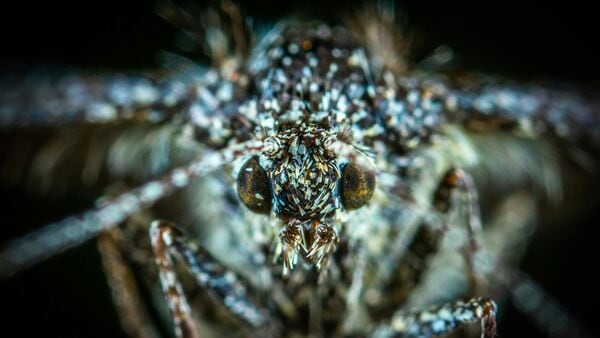Hawaii Deploys Drones to Release 500,000 Mosquitoes Weekly in Bid to Save Native Birds
Hawaii is flooding its forests with half a million specially-bred mosquitoes each week in a groundbreaking effort to save critically endangered native birds from extinction. The innovative drone-based program targets invasive mosquitoes spreading deadly avian malaria.
Key Takeaways
- Hawaii releases 500,000 sterile male mosquitoes weekly on Maui and Kauai
- Target: Save 17 remaining honeycreeper species from avian malaria
- Mosquitoes carry Wolbachia bacteria that prevents egg hatching
- Drones replace risky helicopter drops in challenging terrain
The Bird Extinction Crisis
Hawaii’s unique honeycreeper population has collapsed from over 50 species to just 17 remaining, with most now endangered. While deforestation played a role, experts identify mosquito-borne avian malaria as the primary threat driving these birds toward extinction.
Dr Chris Farmer, Hawaii program director for the American Bird Conservancy, explains:
“We have a rough estimate for how many mosquitoes there are in the wild, and we try to release 10 times as many of these Wolbachia mosquitoes, so that they find these females and are able to mate with them, and then their eggs don’t hatch.”
How the Mosquito Release Program Works
The strategy uses biodegradable pods dropped by drones across Hawaii’s forests. Each drone carries approximately 1,000 specially bred male mosquitoes that don’t bite and contain Wolbachia bacteria.
When these sterile males mate with wild females, the bacteria prevents eggs from hatching, gradually reducing the invasive mosquito population. Dr Farmer confirms the current scale:
“Right now, we’re releasing 500,000 mosquitoes a week on Maui and 500,000 mosquitoes a week on Kauai.”
Researchers expect to see results within approximately one year. If successful, the method could protect native birds long enough for population recovery and potentially be applied in other regions.
Overcoming Deployment Challenges
Previous helicopter-based releases proved costly, risky and weather-dependent in Hawaii’s steep terrain. Many flights were cancelled due to sudden winds or rain, while limited helicopter availability constrained conservation efforts.
Drones revolutionized the approach after extensive testing in tough conditions. The team developed temperature-safe pods to transport mosquitoes and began drone drops in June. This method offers better timing control in unstable weather while being safer, cheaper and quieter than helicopters.
Dr Farmer emphasizes the urgency:
“We have the ability to save these species. If we don’t save these birds in this decade, then they probably won’t be here for the future. And so the ability to make a difference in the world, make a difference in the future, motivates us all.”




